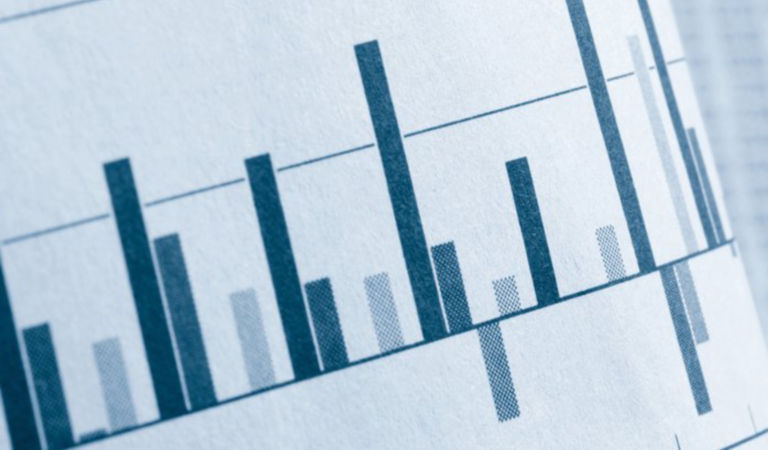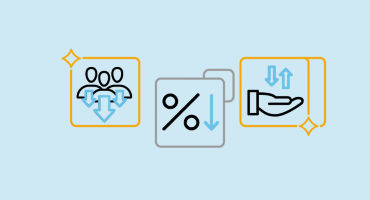US
US equities (-8.7%) suffered their largest monthly loss since March 2020. Risk sentiment was stifled by multiple factors, including the Fed’s aggressive policy shift, persistent pressures on supply chains and inflation, and geopolitical risks from the war in Ukraine. Growth stocks significantly underperformed their value counterparts. The Nasdaq Composite Index registered its largest monthly decline since October 2008 amid surging Treasury yields and disappointing earnings results from some of the biggest technology companies. Skyrocketing energy and food prices and strong consumer demand propelled inflation to a four-decade high; the headline Consumer Price Index (CPI) increased 8.5% annually in March (6.5% at the core level). Fed Chair Jerome Powell signaled that the Fed is likely to raise interest rates by 50 basis points (bps) in May and formally announce plans to begin reducing its US$9 trillion balance sheet, as the bank accelerates efforts to slow economic growth enough to temper inflation without tipping the US into recession. US GDP declined at a 1.4% annual rate in the first quarter, driven by pandemic impacts, a widening trade deficit, and lower government spending and inventory investment by businesses. Of the 55% of companies in the S&P 500 Index that have reported first-quarter earnings results, 80% reported earnings that exceeded forecasts. In aggregate, earnings were 3.4% above estimates, below the five-year average of 8.9%. The blended year-over-year earnings growth rate for the index was 7.1%, and the forward 12-month price-toearnings ratio stood at 18.1.
Despite the disappointing first-quarter GDP reading, most US economic data released in April signaled that the economy remained on a firm footing. Ongoing strength in the labor market underpinned the Fed’s belief that the US economy is strong enough to withstand steeper rate hikes in 2022. Receding COVID cases, dwindling savings, and higher wages spurred a greater number of workers to rejoin the workforce in March, as the unemployment rate dipped to 3.6% and nonfarm payrolls rose by 431,000. Nonfarm payrolls in the prior two months were revised upward by 95,000. In March, the total number of jobs was 1.6 million lower than pre-pandemic levels, while average hourly earnings rose 5.6% annually. A sharp drop in initial jobless claims in April provided additional evidence of an extremely tight labor market. Consumers remained resilient in the face of higher inflation, helping to keep recession fears at bay. Greater outlays on services caused consumer spending to accelerate 1.1% in March compared to a month earlier, significantly higher than expectations of 0.6%, although retail sales moderated amid surging gas prices. The Conference Board Consumer Confidence Index ebbed slightly, but remained high, with labor market optimism outweighing inflation fears. A rapid increase in mortgage rates and soaring home prices fostered angst about the housing market. Homebuilder sentiment slipped to a seven-month low in April, and new-, existing-, and pending home sales declined in March. New home construction in March unexpectedly rose to its highest level since 2006, as builders sought to replenish low housing inventory.
The expansion in US manufacturing unexpectedly slowed in April, as slumping demand and supply conditions drove the Institute of Supply Management (ISM) Manufacturing Index down to 55.4, from 57.1. In March, the services sector continued to enjoy a robust expansion, with the ISM Services Index rising to 58.3, from 56.5, on higher employment and stronger orders. Preliminary data for April showed a solid rise in services output, although acute labor and supply shortages and higher costs curbed the pace of growth. Headline producer prices in March soared by a record annual rate of 11.2% (9.2% at the core level), well above estimates and underscoring persistent inflation pressures that threatened to stifle consumers. The National Federation of Independent Business Small Business Optimism Index slid to 93.2 — the lowest level since April 2020 — as surging costs induced the worst outlook for business conditions on record.
Ten of the 11 sectors in the S&P 500 Index (-8.7%) posted negative results. Communication services was the worst performer (-15.6%), with the entertainment (-25.9%) and interactive media & services (-15.4%) groups detracting most. Consumer discretionary (-13.0%) also underperformed, weighed down by the internet & direct marketing retail (-23.4%) and automobiles (-18.6%) industries. Information technology (-11.2%) fell, led lower by semiconductors & semiconductor equipment (-18.4%) and software (-10.9%). Consumer staples (+2.6%) was the top-performing sector, driven by household products (+5.4%) and beverages (+3.8%).
















